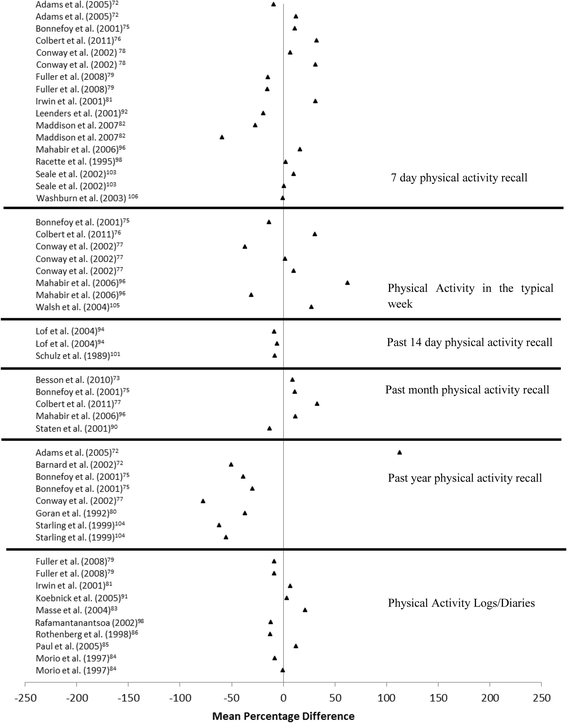
Sn Rk 202 14 2002
Goldberg SN, Gazelle GS, Dawson SL, et al: Tissue ablation with radiofrequency: Effect of probe size. AJR Am J Roentgenol 179:93-101, 2002. Et al: Radiofrequency ablation of liver metastases from breast cancer: Results in 14 patients.
Surface-enhanced Raman scattering (SERS) is a spectroscopic technique which combines modern laser spectroscopy with the exciting optical properties of metallic nanostructures, resulting in strongly increased Raman signals when molecules are attached to nanometre-sized gold and silver structures. The effect provides the structural information content of Raman spectroscopy together with ultrasensitive detection limits, allowing Raman spectroscopy of single molecules. Harris radio manuals. Since SERS takes place in the local fields of metallic nanostructures, the lateral resolution of the technique is determined by the confinement of the local fields, which can be two orders of magnitude better than the diffraction limit.
Moreover, SERS is an analytical technique, which can give information on surface and interface processes. SERS opens up exciting opportunities in the field of biophysical and biomedical spectroscopy, where it provides ultrasensitive detection and characterization of biophysically/biomedically relevant molecules and processes as well as a vibrational spectroscopy with extremely high spatial resolution. The article briefly introduces the SERS effect and reviews contemporary SERS studies in biophysics/biochemistry and in life sciences. Potential and limitations of the technique are briefly discussed. Pc software download softonic. Export citation and abstract.
Abstract Sucrose nonfermenting-1 (SNF1)-related protein kinases (SnRKs) form a major family of signalling proteins in plants and have been associated with metabolic regulation and stress responses. They comprise three subfamilies: SnRK1, SnRK2, and SnRK3. SnRK1 plays a major role in the regulation of carbon metabolism and energy status, while SnRKs 2 and 3 have been implicated in stress and abscisic acid (ABA)-mediated signalling pathways. The burgeoning and divergence of this family of protein kinases in plants may have occurred to enable cross-talk between metabolic and stress signalling, and ABA-response-element-binding proteins (AREBPs), a family of transcription factors, have been shown to be substrates for members of all three subfamilies. In this study, levels of SnRK1 protein were shown to decline dramatically in wheat roots in response to ABA treatment, although the amount of phosphorylated (active) SnRK1 remained constant. Multiple SnRK2-type protein kinases were detectable in the root extracts and showed differential responses to ABA treatment.
They included a 42 kDa protein that appeared to reduce in response to 3 h of ABA treatment but to recover after longer treatment. There was a clear increase in phosphorylation of this SnRK2 in response to the ABA treatment. Fractions containing this 42 kDa SnRK2 were shown to phosphorylate synthetic peptides with amino acid sequences based on those of conserved phosphorylation sites in AREBPs. The activity increased 8-fold with the addition of calcium chloride, indicating that it is calcium-dependent. The activity assigned to the 42 kDa SnRK2 also phosphorylated a heterologously expressed wheat AREBP.
,,, Introduction Sucrose nonfermenting-1 (SNF1)-related protein kinases (SnRKs) form a major family of signalling proteins in plants and have been associated with metabolic regulation and stress responses (; ). SnRKs have been grouped into three subfamilies: SnRK1, SnRK2, and SnRK3 (). SnRK1, the homologue of adenosine monophosphate-activated protein kinase (AMPK) from mammals and SNF1 from yeast, has been implicated in the regulation of carbon metabolism and energy status (; ). It controls metabolism at multiple levels; for example, it phosphorylates enzymes such as 3-hydroxy-3-methylglutaryl-coenzyme A reductase (HMG-CoA reductase) and sucrose phosphate synthase, leading to their inactivation. It also phosphorylates nitrate reductase, trehalose-phosphate synthase, and 6-phosphofructo-2-kinase/fructose-2,6- bisphosphatase, but these enzymes also require the binding of a 14-3-3 protein for inactivation (reviewed by ). Another key metabolic enzyme in plants, adenosine diphosphate (ADP)-glucose pyrophosphorylase, is regulated by SnRK1 through modulation of its redox state (). In addition, SnRK1 causes changes in gene expression in response to nutrient starvation () and, paradoxically, sucrose (; ).